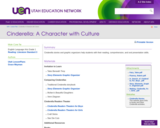
Cinderella stories and graphic organizers help students with their reading, comprehension, and oral presentation skills.
- Subject:
- Education
- Elementary Education
- Material Type:
- Activity/Lab
- Author:
- Grace Wayman
- Date Added:
- 05/15/2021

Cinderella stories and graphic organizers help students with their reading, comprehension, and oral presentation skills.
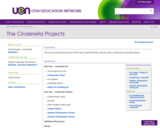
The use of multicultural versions of the story Cinderella helps students make comparisons and observations.
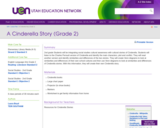
2nd grade Students will be integrating social studies cultural awareness with cultural stories of Cinderella. Students will listen to the Charles Perrault version of Cinderella and identify the main characters, plot and conflict. They will read another version and identify similarities and differences of the two stories. They will create Venn diagrams to look at similarities and differences of their own school cultures and then use Venn diagrams to look at similarities and differences of Cinderella stories. With this information, they will create their own Cinderella story.
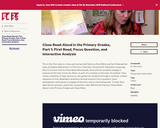
This is the first video in a two-part series that features Sara Metz and her Kindergarten class at Explore Elementary in Thornton, Colorado. Using the EL Education Language Arts Curriculum and its Close Read-Aloud guide, Sara and her students engage in analysis of the text, Come On, Rain!, as part of a module on the topic of weather. Sara strikes a balance of rigor and joy as she guides her students through a carefully crafted sequence of text-dependent questions driving toward a focus question, total participation techniques to engage all learners, and a culminating task. To hear Sara describe her process, watch the companion video, Behind the Practice: Close Read-Aloud in the Primary Grades with Sara Metz.
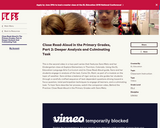
This is the second video in a two-part series that features Sara Metz and her Kindergarten class at Explore Elementary in Thornton, Colorado. Using the EL Education Language Arts Curriculum and its Close Read-Aloud guide, Sara and her students engage in analysis of the text, Come On, Rain!, as part of a module on the topic of weather. Sara strikes a balance of rigor and joy as she guides her students through a carefully crafted sequence of text-dependent questions driving toward a focus question, total participation techniques to engage all learners, and a culminating task. To hear Sara describe her process, watch the companion video, Behind the Practice: Close Read-Aloud in the Primary Grades with Sara Metz.

Students will learn to identify information from a non-fiction text on weather, by asking questions, and focusing on the text features of the book.

Students will choose if the sentence is using commas correctly and they will choose true or false.

Students will be able to sort the common nouns from the proper nouns and place them in the correct columns from a word bank that is given.

Students will be able to identify common nouns in a given passage.
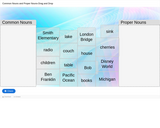
Students will be able to assess their knowledge on common and proper nouns.

Students will choose true or false based on whether the sentence is a complete sentence or not.

Students will be able to differentiate the difference between complete and incomplete sentences.
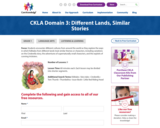
Core Knowledge Folk Tale Unit for first grade

Core Knowledge Fables and Stories Unit
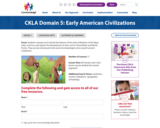
Core Knowledge Early American Civilizations First Grade Language Arts Unit
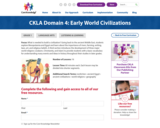
First Grade Core Knowledge Early Civilizations Language Arts Unit
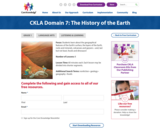
Core Knowledge First Grade Language Arts —The History of the Earth (8 Daily Lessons)

First grade human body unit from Core Knowledge
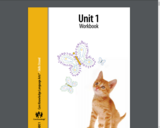
Student workbook pages for Core Knowledge Phonics instruction

Please use this final day to address class results of the Domain Assessment. Based on the results of the Domain Assessment and students’ Tens scores, you may wish to use this class time to provide remediation opportunities that target specific areas of weakness for individual students, small groups, or the whole class.
Alternatively, you may choose to use this class time to extend or enrich students’ experience with domain knowledge. A number of enrichment activities are provided below in order to provide students with opportunities to enliven their experiences with domain concepts.